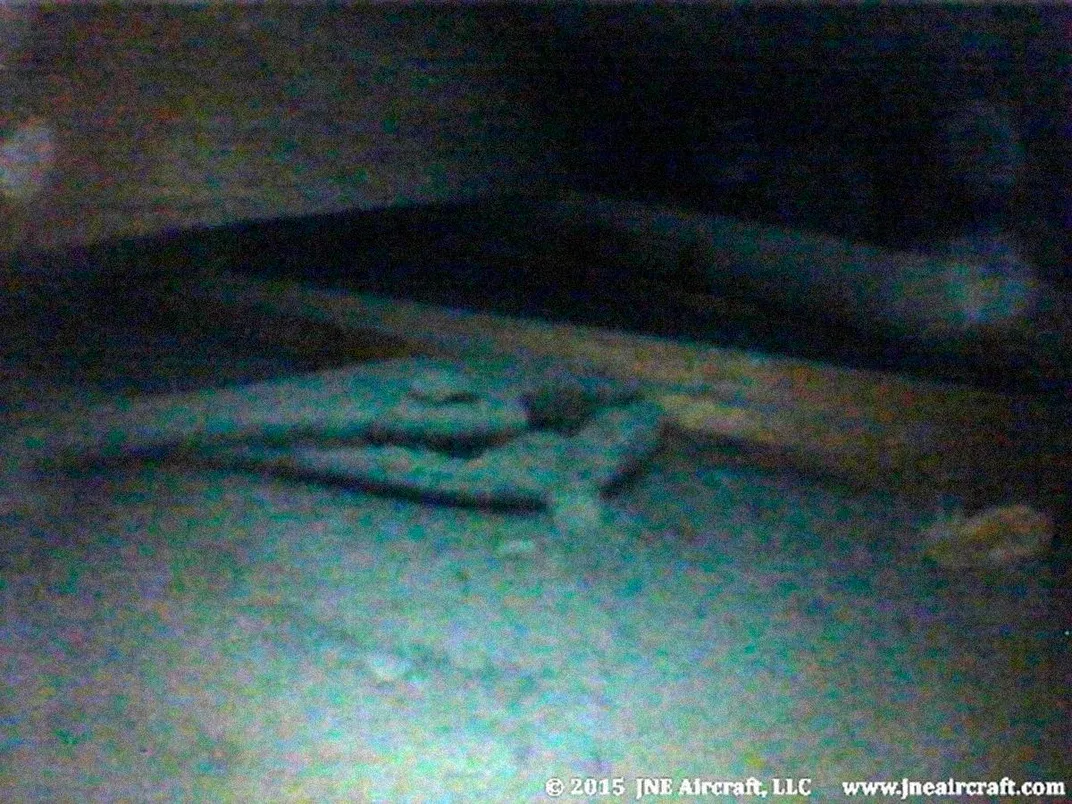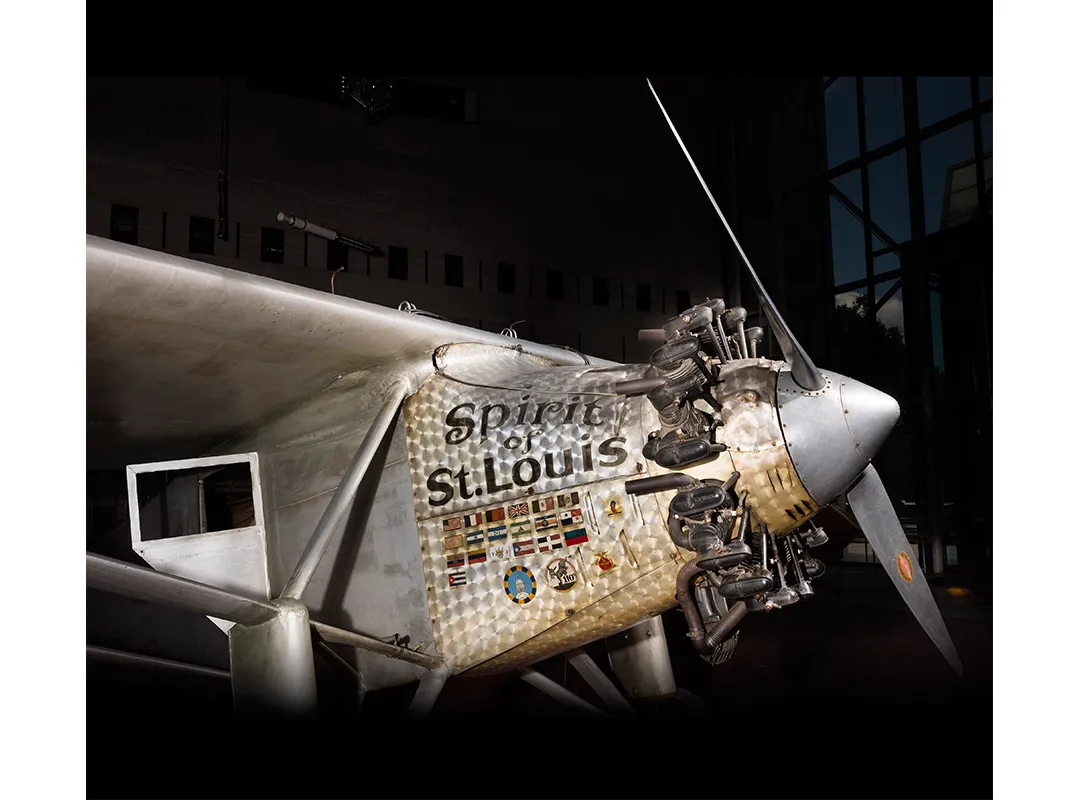Look What Lindbergh Left Inside the Spirit of St. Louis
Ninety years later, a restoration team makes an unexpected find.
:focal(444x222:445x223)/https://tf-cmsv2-smithsonianmag-media.s3.amazonaws.com/filer/72/2e/722ed3e8-87d7-48eb-b1f1-1e8d12d1f8e5/si89-21560_lindbergh.jpg)
The pliers were buried in dust, resting on delicate fabric nearly 90 years old. “That was my biggest fear,” says Malcolm Collum, “that I was going to tear the fabric.” But he thought he could get them. While the Spirit of St. Louis sat temporarily on the floor of the National Air and Space Museum, Collum, the Museum’s chief conservator, opened the cockpit door, knelt down, braced himself so he wouldn’t put any pressure on the fabric, and reached for the pliers, directly below and behind the instrument panel. “I contorted my arm, and nearly popped my shoulder out of the joint. I got my two fingers on the pliers and just used my other hand to cradle them,” he says.
The Spirit was being conserved before going back into its regular spot: hanging from the ceiling of the Boeing Milestones of Flight Hall. (The redesigned hall opened on July 1, as part of the Museum’s 40th anniversary celebration.) Last January, Collum was working with a group of Spirit experts, and it was one of them, John Norman, who discovered the pliers. Norman, a career mechanic who has worked on Boeing airliners, U.S. Army Hueys and Black Hawks, DC-3s, and a B-17 Flying Fortress, among other aircraft, now owns JNE Aircraft with his wife in Burlington, Washington. He’s building a Spirit replica, which he plans to make airworthy, so he was using the once-in-a-lifetime opportunity at the Museum to take precise measurements and make tracings of parts like the rudder. With a video boroscope, donated by RF System Lab, he peeked into some of the crevices of the airplane where the conservators didn’t want to remove covers. “I was looking to see if I might find Lindbergh’s missing logbook,” says Norman.
At first, the restorers thought the pliers were left behind during a previous restoration, as the aircraft had been moved around and repaired occasionally before finally settling at the Museum on the National Mall when it opened in 1976. But after Collum performed his minor acrobatics to extract the tool, he saw that the handles were painted. He knew immediately what he was holding.


The grayish-green paint matched that on the Spirit’s oil and fuel tanks and the fuel manifold. He recognized it as factory paint from the manufacturer, Ryan Aircraft, and believes this pair of pliers is very likely one that Charles Lindbergh took with him on his famous 1927 flight from New York to Paris. The Spirit’s fuel manifold is right below the instrument panel, and Lindbergh would have spent a lot of time adjusting valves to control the flow between the tanks. At some point, says Collum, the pliers must have slid behind the instrument panel, where they stayed hidden for the next 89 years. “There are two marks on the wooden stringer where you can see that the pliers had slid back and forth for a very long time,” says Norman.
Collum and his team have now finished their conservation of the Spirit, including repairs to that oh-so-delicate fabric, which naturally deteriorates over time, even hanging motionless from a ceiling. “We bring the science of art restoration into the traditional realm of aircraft restoration,” says Collum. Previous repairs in the 1970s had caused collateral damage, so they borrowed techniques for repairing fine-art canvases, using synthetic resins predicted to last hundreds of years. And because the techniques are fully reversible, “everything we’ve done can be completely undone, and that’s not something you can say about traditional repair techniques.” So now when future restorers develop even better techniques, they can remove the previous work without any harm.
With the Spirit back on display, Collum hopes the pliers—actually “an early form of multi-tool,” because it also has a wire snipper and a handle that doubles as a screwdriver—will soon be viewable at the Museum as well, with other items Lindbergh took on his flight.
